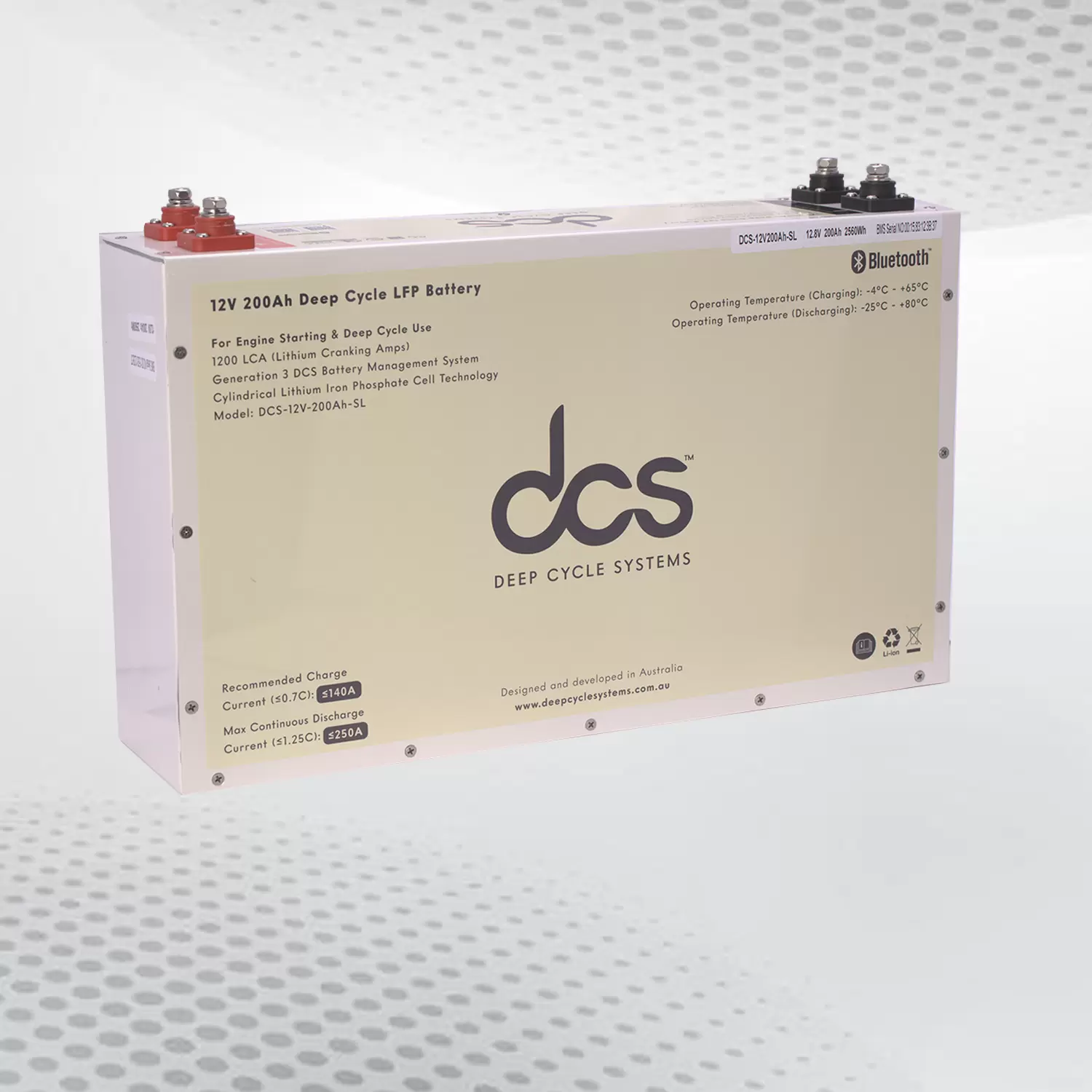Introduction
CE marking is a crucial certification for businesses seeking to sell their products in the European Economic Area (EEA). It indicates that a product complies with European Union (EU) health, safety, and environmental protection standards. But before a product can bear the CE mark, it must undergo rigorous CE marking testing. This guide provides a detailed overview of what CE marking testing involves, the steps required to achieve compliance, and how businesses can ensure a smooth certification process.
What is CE Marking?
CE marking is a symbol that signifies a product’s conformity with the relevant EU legislation. It is a key indicator of compliance with EU health, safety, and environmental regulations, and it is mandatory for many products sold within the EEA.
CE marking applies to a wide range of products, including:
- Electronic devices
- Machinery
- Medical devices
- Construction products
- Toys
- Personal protective equipment (PPE)
Importance of CE Marking Testing
CE marking testing ensures that a product meets the essential requirements of EU directives. These directives cover various aspects of product safety, performance, and environmental impact. By undergoing CE marking testing, businesses can:
- Gain access to the European market.
- Demonstrate that their products meet high standards of quality and safety.
- Build consumer trust and reduce the risk of product recalls or legal issues.
- Avoid penalties for non-compliance.
Steps to Achieve CE Marking Certification
- Identify Applicable Directives and Standards The first step in CE marking testing is identifying which EU directives and harmonized standards apply to your product. These directives provide specific requirements that the product must meet. Some common directives include:
- The Machinery Directive (2006/42/EC)
- The Low Voltage Directive (2014/35/EU)
- The Electromagnetic Compatibility (EMC) Directive (2014/30/EU)
- The Medical Devices Regulation (MDR) (EU 2017/745)
- Conduct a Risk Assessment Once the relevant directives are identified, a comprehensive risk assessment should be conducted. This process helps identify potential risks associated with the product, such as mechanical failure, electrical hazards, or environmental impact.
- Perform Testing CE marking testing involves subjecting the product to a series of tests to verify its compliance with the essential requirements of the applicable directives. Testing may include:
- Electrical safety tests (e.g., insulation resistance, leakage current)
- Electromagnetic compatibility (EMC) tests (e.g., radiated emissions, immunity to interference)
- Mechanical and structural testing
- Environmental testing (e.g., resistance to temperature, humidity, or vibration)
- Performance tests for specific functions
Accredited laboratories or testing facilities typically carry out these tests.
- Compile Technical Documentation After testing, manufacturers must compile technical documentation that demonstrates the product’s conformity with EU regulations. This documentation includes:
- A description of the product
- Design and manufacturing drawings
- Test reports and certifications
- A risk assessment
- A declaration of conformity (DoC)
- Affix the CE Mark Once the testing is complete, and the technical documentation is in order, the manufacturer can affix the CE mark to the product. The CE mark should be visible and legible and must be placed according to the relevant regulations.
Common Challenges in CE Marking Testing
- Identifying the Right Directives: One of the biggest challenges is determining which EU directives and standards apply to your product. With multiple directives potentially applicable, navigating this can be complex.
- Cost of Testing: CE marking testing can be costly, particularly for small businesses or start-ups. Testing fees vary depending on the complexity of the product and the number of tests required.
- Technical Documentation: Compiling the technical documentation can be a time-consuming process. Incomplete or inaccurate documentation can lead to delays in certification.
- Ongoing Compliance: Even after achieving CE marking, products must continue to meet EU requirements. Manufacturers are responsible for ensuring ongoing compliance if there are changes to product design or EU regulations.
How to Ensure a Smooth CE Marking Testing Process
- Engage with Notified Bodies For certain products, manufacturers may need to engage with a Notified Body—a third-party organization accredited by EU member states to assess conformity. Notified Bodies can assist with testing, certification, and verifying compliance.
- Invest in Pre-Testing Pre-testing products in-house before sending them to a testing facility can help identify and address any potential non-compliance issues early in the process, saving time and costs.
- Stay Updated on EU Regulations EU directives and regulations are periodically updated. Manufacturers must stay informed about changes that could affect their products’ compliance.
- Use Accredited Testing Laboratories Partnering with an accredited testing laboratory ensures that the tests conducted meet EU requirements and are recognized by Notified Bodies.
Conclusion
CE marking testing is an essential step for businesses that want to access the European market. By ensuring that products meet EU health, safety, and environmental standards, companies can not only comply with regulations but also enhance their brand reputation and build customer trust. While the CE marking process may seem daunting, understanding the steps involved and working with experts can simplify the journey to certification.
For manufacturers looking to streamline the CE marking testing process, investing in proper risk assessments, technical documentation, and engaging with accredited bodies can go a long way in ensuring smooth certification and ongoing compliance.










